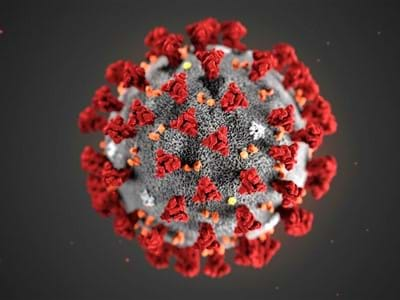The Innsbruck scientists are now trying to achieve reliable results as quickly as possible in two steps:
Step 1:
- Evaluation and adaptation of existing RNA extraction and detection methods.
- Organisation of the sample collections and securing the samples.
Step 2 (after approval of the research proposal(s)):
- Quantitative determination of SARS-CoV-2 RNA from wastewater.
- Establishment of a GIS-based information portal.
- Creation of a basis for quantifying the extent and dynamics of outbreaks independently of patient tests or hospital reports.
The data generated from wastewater investigations could provide decision support for health authorities who need to determine the timing and severity of public health interventions (contact avoidance, quarantine measures, etc.). The methodology developed should also be used in the future to provide early warning of coronavirus recurrence and help to assess the effectiveness of interventions.

